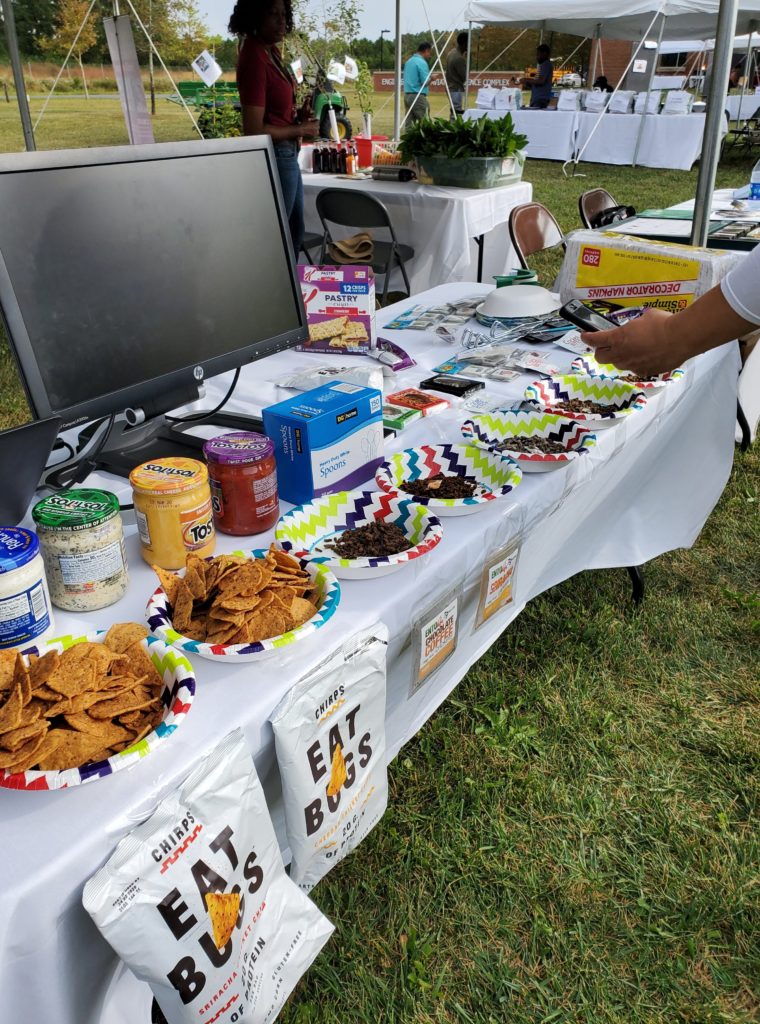
Food insecurity is felt worldwide. By 2050, the population is expected to explode to 9 billion people. Current sources of protein are not enough to feed the ever-increasing world population; therefore, changes need to be made to accommodate the growing population. Approximately 70% of the land on our planet is used for agriculture, and 30% is used for livestock production. Traditional protein sources consume a large number of resources, such as feed and water. Insects use far fewer resources and take up less space than other animals. Insects require 10 to 50% less water than other animals use for food and land per pound of protein. Insects need 6% of the water consumed for chickens and 1% needed for cattle. Insects provide a highly effective way to produce protein because they grow rapidly. Also, they can be grown modularly and indoors in rural or urban settings, which can give the earth time to be rehabilitated and heal. Insects utilize less energy than livestock, contributing less to climate change and pollution.
It is highly unlikely that insect disease affects humans, given the biological, biochemical, and genetic differences between humans and insects. Viruses tend to be host-specific. Currently, crickets and mealworms raised on farms in the U.S., lack common foodborne pathogens such as Salmonella, Staph, E. coli, and Listeria.
Graduate student Ebony Jenkins is passionately working on developing and evaluating protein extract made from mealworms and crickets. Furthermore, she is trying to establish an efficient way of rearing edible insects, which is to add higher levels of insect protein to products without adding fat, calories or negatively affecting product quality. The insect-based food market is currently valued at $105 million and is estimated to grow to $1.53 billion by 2021. From 2011 to 2013, over 30 companies in North America and 50 in Europe offered food products with insects as a key ingredient. Therefore, insects are gaining momentum as a food ingredient. Many cultures around the world consume insects as a staple part of their diet. There is a big demand in the food industry for adding more protein to products without adding calories or changing the texture, flavor and aroma. The environment can benefit from these changes, and we can still produce an excellent protein source.
During the 2019 Fall Community Festival, we had a booth informing the community about edible insects. We had items such as cricket chips (cheddar and sriracha), whole roasted crickets (sriracha, chocolate, coffee, ranch, barbecue, spicy, sour cream and onion), chocolate covered scorpions and candied insects. Over 170 participants stopped by the table to chat and try the items. Some people were quite amused to see insects as a food source. After being given the background information, most were really receptive. A few bystanders were not interested but still supported the idea.



